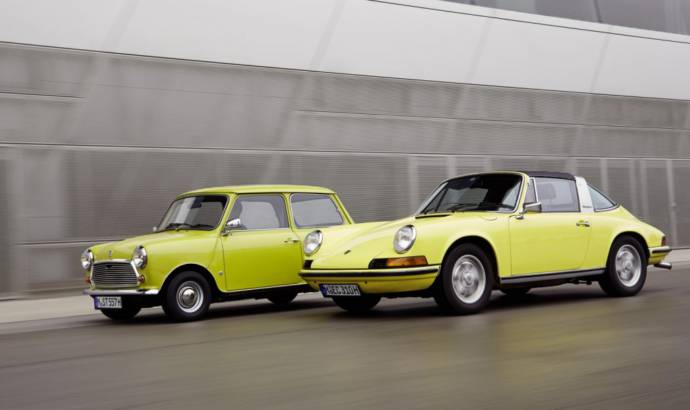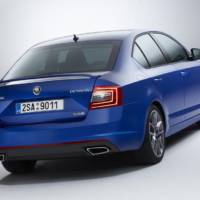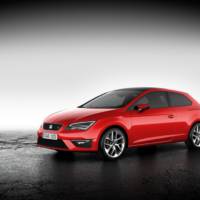In September 2013 the Porsche 911 will celebrate its 50th birthday. And among the well-wishers will be MINI, not least because its model history also includes – in the classic Mini – a similarly compelling work of art characterised by a similar reluctance to abandon the exuberance of youth.
It may be the fundamental differences between the two cars (e.g. the Mini has its engine in the front, the 911 at the rear) that dominate at first glance. But there are also a number of factors – over and above their shared cult status – that lend particular empathy to MINI’s birthday greetings.
Both models made their name with an eye-catching turn of speed. At the end of the austere 1950s Mini was the ground-breaking new kid on the block, generating sales figures that mimicked the upward curve of its acceleration. The 911, as the successor to the Porsche 356, was born with speed in its blood.
Although the Mini and Porsche 911 may not be cars you would instinctively compare, there are one or two striking aspects of their history that have brought them together over time.
The 911 came into the world in 1963 initially as the Porsche 901. However, the rights to using a zero in the middle of a three-digit car designation had already been snapped up by French manufacturer Peugeot. Which meant that when this legendary-sports car-to-be eventually arrived on the scene a year later, it was as the Porsche 911. It is unlikely the use of the number one to fill the gap was a coincidence. Fittingly, it remains the no. 1 in its class to this day; now in its seventh generation, the 911 has sold over 800,000 units – a figure beyond the reach of any segment rival.
The Mini, by contrast, saw the light of day as twins. On 26 August 1959 the British Motor Corporation (BMC) unveiled the fruits of its endeavours to develop a revolutionary new small car – introducing the public to not one but two new models: the Morris Mini-Minor and Austin Seven. Everyone now knows which name ultimately made the cut. As for the classic Mini’s sales figures: by 2000, when the curtain came down on production, 5.3 million units of Britain’s best-selling car had found homes.
Source: mini


